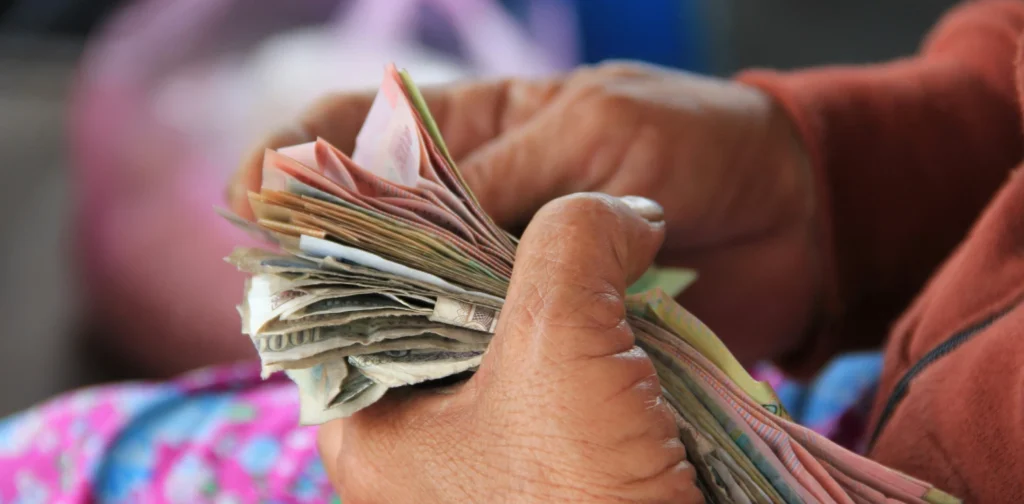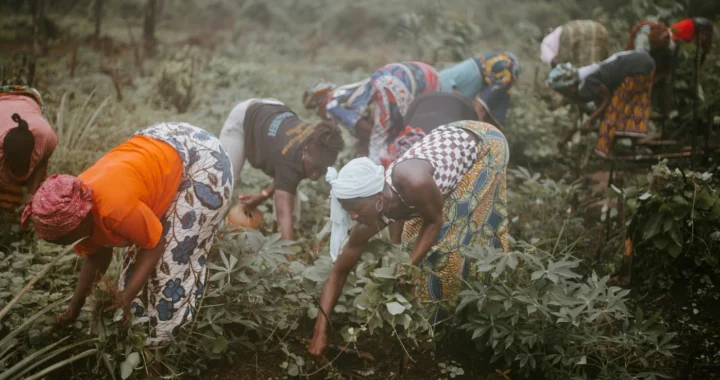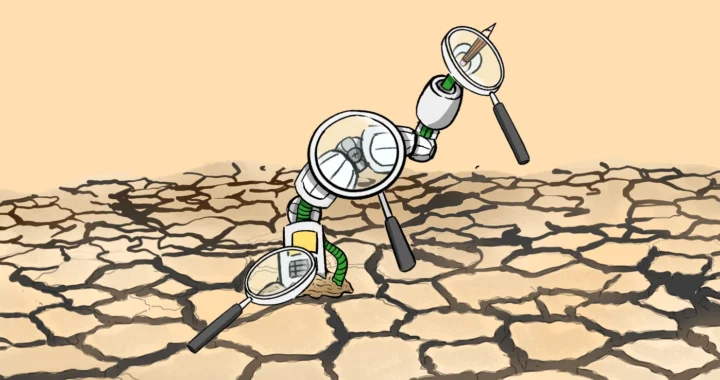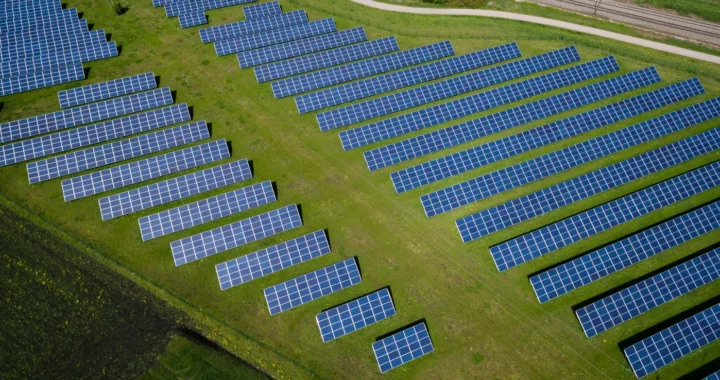Ensuring Fair Income Distribution as a Pillar of Social Justice

Photo: Niels Steeman on Unsplash.
The pathway to achieve sustainable development must include social justice every step of the way as the foundation. Social justice safeguards people’s rights to lead a good life with economic security and equal opportunities regardless of their identity. In this light, ensuring fair income distribution becomes an indispensable part of achieving social justice for all.
Progress on Social Justice
The world has undergone significant progress over the last two decades. Healthcare improvements have allowed people to live longer, while more children complete their primary education nowadays.
Yet, global inequality persists. Wealth and income inequality remain stark, with the top 1% of the world’s population holding 20% of income and 38% of wealth. So, the work to achieve social justice must continue, stronger now than ever.
In its State of Social Justice 2025 report, the International Labour Organization (ILO) listed fair income distribution as one crucial pillar for social justice. Fair income distribution aims to ensure that the benefits of economic growth can be shared justly, especially by the most disadvantaged. While the concept recognizes that income differences will still exist as a reward for initiative, innovation, and hard work, it also acknowledges that high income inequality can negatively impact economic growth and stability, including exacerbating poverty and fueling social unrest.
Declining Inequality, Persisting Poverty
Global inequality is declining. According to the ILO’s report, the share of total income held by the top 10% declined by three percentage points between 1995 and 2024. However, even this decline still reveals an unacceptable disparity, where the top 10% still hold 53% of the total income share.
One of the most apparent displays of unfair distribution is persistent poverty. While the number of people with extreme poverty has fallen significantly according to the World Bank’s estimation, progress has stalled during the last two decades.
In this case, employment plays a role in lifting people out of poverty. Still, even in employment, fair income distribution remains a challenge. Vulnerable groups continue to suffer from wage gaps rooted in injustices and a lack of recognition of equal rights. Female workers still earn 46-75% of what male workers earn worldwide. Meanwhile, workers with disabilities face 20% wage gaps for male workers and 46% for female workers.
Policies for Fair Income Distribution
The ILO highlights that social justice extends far beyond fostering substantial economic growth. It requires active efforts to pursue social justice, equipped with a strong political will, real institutional reform, and inclusive governance.
The report emphasizes the necessity for policies to ensure minimum wages, protect workers’ rights for wage bargaining, and expand redistribution and social security coverage. With institutional trust slowly eroding, it ultimately comes down to how governments and those in power recognize the gap between existing measures and lived realities, and act with a good conscience and genuine intention to effectively tackle problems of social justice.
Editor: Nazalea Kusuma


 Exploring Biodiversity-Positive Incentives to Halt Biodiversity Loss
Exploring Biodiversity-Positive Incentives to Halt Biodiversity Loss  The Dirtbag Billionaire who Gave It All Away for Planet Earth
The Dirtbag Billionaire who Gave It All Away for Planet Earth  Singapore Passed OSRA Bill to Protect Victims of Cyberviolence
Singapore Passed OSRA Bill to Protect Victims of Cyberviolence  How The Great Green Wall Evolves to Embrace Indigenous Land Management
How The Great Green Wall Evolves to Embrace Indigenous Land Management  Intelligence with Integrity: The Case for a Carbon-Conscious AI Development
Intelligence with Integrity: The Case for a Carbon-Conscious AI Development  The Rise of Renewable Energy Overtakes Coal as Electricity Source
The Rise of Renewable Energy Overtakes Coal as Electricity Source